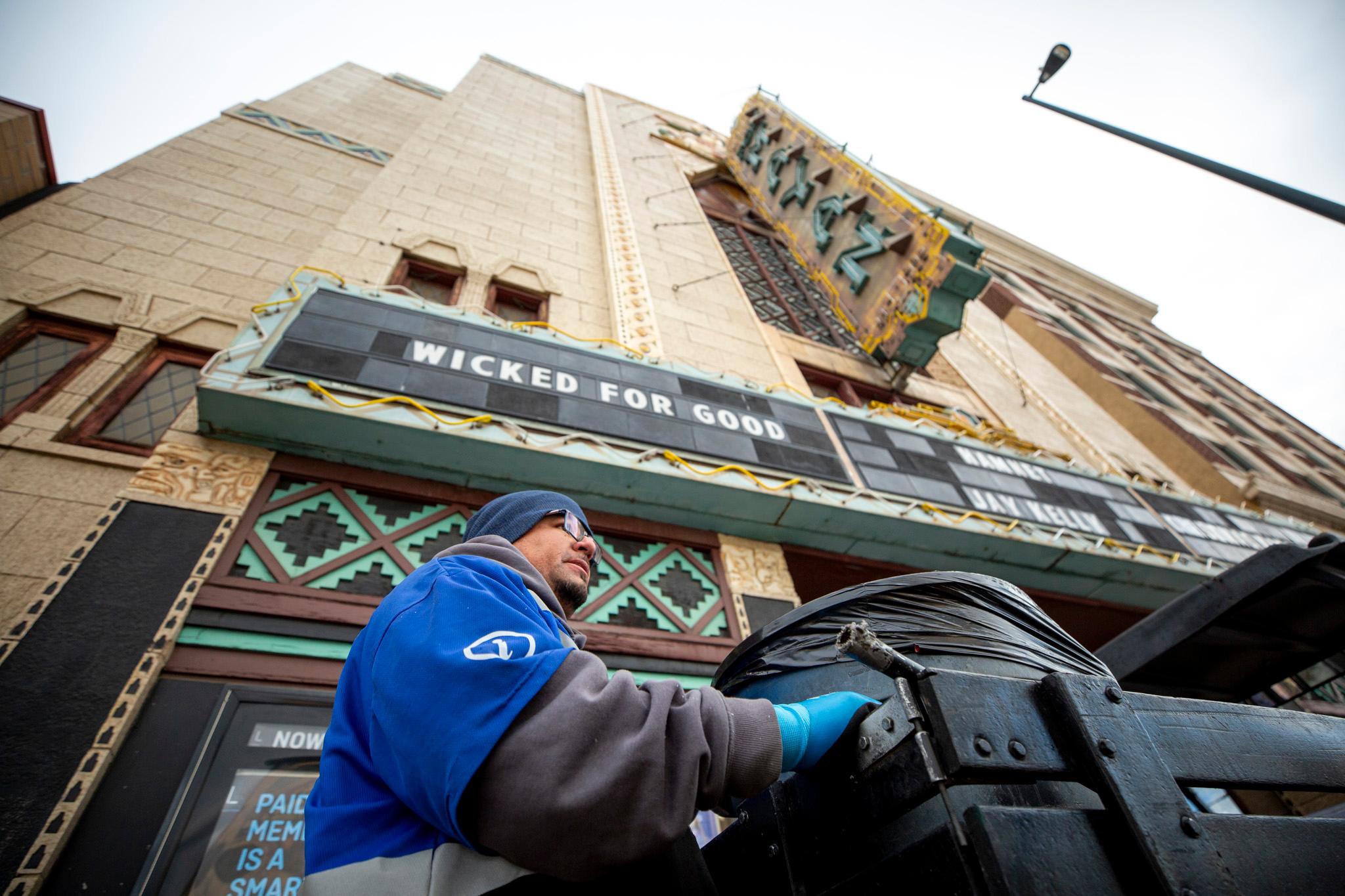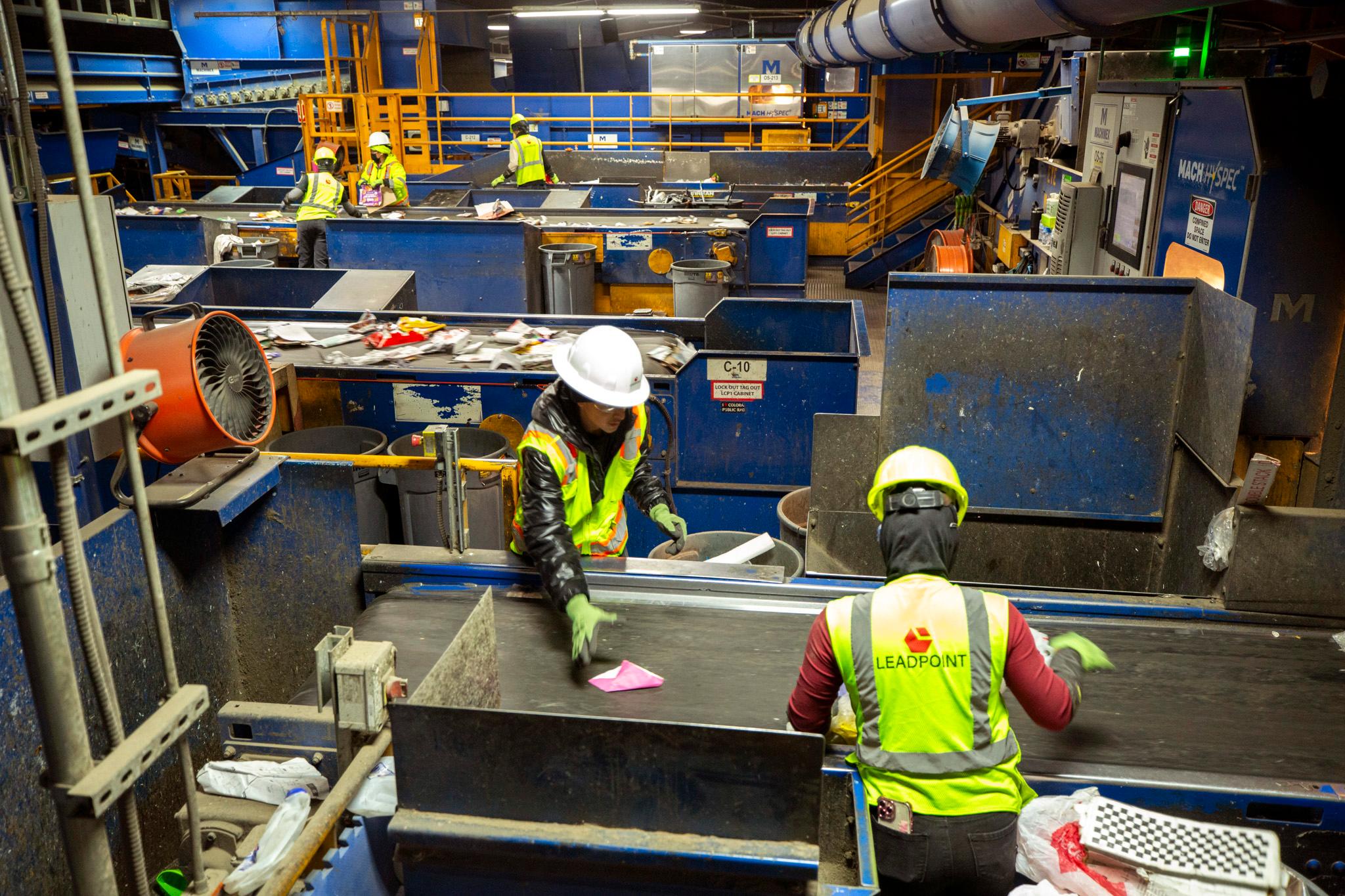The national Climate Prediction Center has issued a La Niña Watch, calling for a 55 to 65 percent chance that the meteorological phenomenon will be in effect this fall and winter.
It's one of the first scraps of information we've got about this winter, and it could certainly affect the weather in Denver, but La Niña hasn't historically had a significant effect on the amount of snowfall at Colorado's winter resorts.
La Niña may be bad for Denver snowfall.
La Niña is the inverse of El Niño. When it happens, sea temperatures in the Pacific are cooler rather than warmer, which alters the track of storms.
The bad snow news is that La Niña years have tended to bring less snow to Denver and the I-25 corridor, according to Cory Reppenhagen of 9News. Snowfall for the metro has been below average in most La Niña years since 1950, he reports.
La Niña years also have delivered far fewer large storms to Boulder compared to El Niño, as researcher Matt Kelsch found in his analysis.
Should skiers and snowboarders be worried?
Not really. While the trends may point to less snow for Denver, it's a different story for the mountains, which are much better positioned to catch passing storms.
Weather5280's Brian Bledsoe notes that La Niña brought drought to eastern Colorado in 2007 -- and yet that winter had "huge" snowpack in the mountains. Similarly, last year's La Niña delivered very little winter snowfall for Denver, but ski season turned out decently (if a little weirdly timed, with its early drought and late storms.)
Overall, it's very difficult to predict La Niña's exact effects in Colorado. If we were further north, we might expect heavier snow, and if we were further south we might expect lighter snow -- but we're right at the border.
“Unfortunately, Colorado sits kind of in the middle. So the relationships between La Niña and Colorado are somewhat marginal,” as Colorado State University research scientist Philip Klotzbach told 9News last year.
BestSnow.net has a pretty extensive analysis that gives much the same conclusion. Its research on decades of snowfall found that most Colorado mountains were pretty indifferent to both Niño and Niña, including Winter Park, Aspen and Loveland.
Meanwhile, Steamboat Springs in northwestern Colorado reportedly has fared well during La Niña.
But what's it all mean?
There are innumerable factors at play. While we like to break things down into simple and reassuring binaries, our lives are in fact constantly buffeted by strange and enormous forces that we may never understand, much less control.












